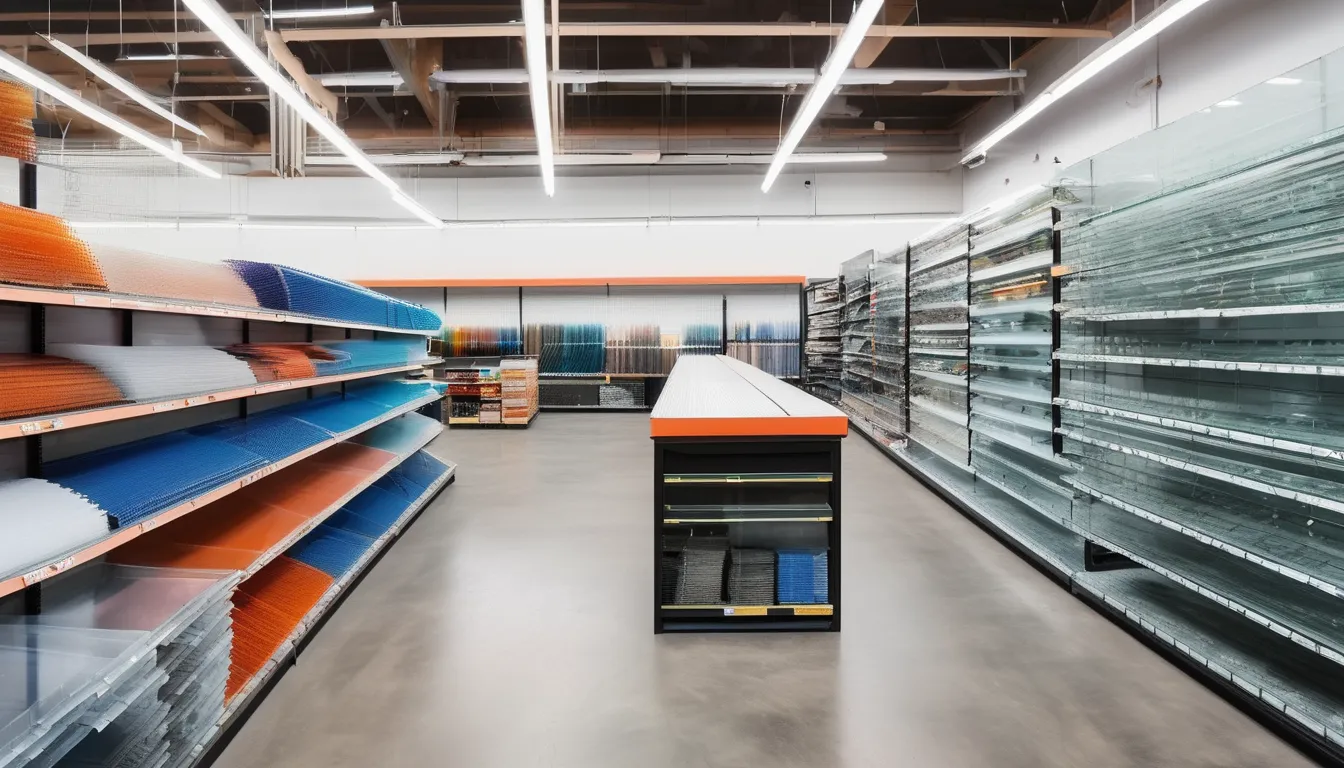When it comes to glass components, you can’t overestimate the importance of transparency in quality. You’re not just looking for a product that meets your needs, but also one that’s been manufactured with accountability and integrity. But what does transparency in quality really mean, and how can you be sure you’re getting it? As you search for glass components that meet your standards, you’ll want to know more about the production methods, quality control measures, and materials sourcing that go into creating these crucial components. What sets a truly transparent manufacturer apart?
Benefits of Transparent Production
Transparency in production is key to understanding the inner workings of glass components. When you know exactly how glass components are made, you can better appreciate the process and identify potential issues.
You’ll have a clearer picture of the materials used, the equipment involved, and the labor that goes into crafting each piece.
Transparent production also allows you to track the environmental impact of the manufacturing process. You’ll be able to see the measures taken to reduce waste, conserve energy, and minimize pollution.
This information is essential for companies committed to sustainability and eco-friendliness.
Moreover, transparent production promotes accountability. When you have access to information about the production process, you can hold manufacturers accountable for their actions.
You’ll be able to identify areas for improvement and push for changes that benefit both the environment and the consumers. As a result, you’ll be more confident in the quality and integrity of the glass components you use.
Quality Control in Manufacturing
As you consider the production of glass components, it’s essential to focus on quality control measures in place during the manufacturing process.
You want to ensure that the final product meets the required standards and specifications. To achieve this, manufacturers implement various quality control measures, such as regular inspections and testing.
These inspections may involve checking the glass components for defects, imperfections, or irregularities.
You should also look for manufacturers that have a robust quality control system in place, which includes procedures for identifying and addressing any issues that may arise during production.
This system should be based on internationally recognized standards, such as ISO 9001.
Additionally, manufacturers should have a skilled and trained workforce that understands the importance of quality control and is committed to producing high-quality glass components.
Reliable Materials Sourcing Methods
Manufacturers relying on subpar raw materials can quickly undermine even the most rigorous quality control measures.
When sourcing materials for your glass components, you know how crucial it’s to work with reliable suppliers. You’ll want to establish relationships with vendors who consistently deliver high-quality raw materials that meet your specifications.
To ensure you’re getting the best materials, you should conduct thorough research on potential suppliers.
Look for those with a proven track record of delivering defect-free materials and meeting deadlines. You should also verify that your suppliers have the necessary certifications and adhere to industry standards.
Additionally, consider implementing a vendor qualification program to regularly assess and evaluate your suppliers’ per flat clamp mance.
Performance Testing and Evaluation
Your glass components’ performance is only as good as the materials and processes that go into making them. When it comes to performance testing and evaluation, you need to go beyond just inspecting the final product.
You must assess the entire production process, from raw material sourcing to final assembly. This involves understanding the mechanical, thermal, and optical properties of your glass components.
You’ll want to conduct tests that simulate real-world scenarios, such as exposure to extreme temperatures, humidity, and stress. This will help you identify any weaknesses in your components and make necessary adjustments to the production process.
Additionally, you should also perform durability testing to ensure that your components can withstand repeated use and handling.
Regular performance testing and evaluation will help you detect any deviations from your quality standards and make data-driven decisions to improve your production process. By doing so, you can ensure that your glass components meet your performance requirements and provide the desired level of quality to your customers.
Certifications and Compliance Standards
In today’s global market, glass components must meet strict certifications and compliance standards to ensure they’re safe for use in various applications. As you source glass components, it’s crucial to verify their compliance with relevant standards to avoid any potential risks or liabilities.
| Compliance Standard | Description |
|---|---|
| ISO 9001 | A quality management system standard that ensures glass components meet the required quality, safety, and performance standards. |
| IEC 60335-1 | A safety standard for electrical appliances that applies to glass components used in electrical applications. |
| ASTM E-1300-04 | A standard that outlines the requirements for the design, testing, and certification of glass components used in architectural applications. |
When selecting a glass component supplier, you should look for certifications from reputable third-party organizations, such as ISO or IEC. These certifications indicate that the supplier’s products have been tested and validated to meet the required standards. By verifying compliance with relevant certifications and standards, you can ensure that the glass components you use meet the required quality, safety, and performance standards for your specific application.
Conclusion
You can rest assured that with transparent production methods, rigorous quality control, and reliable materials sourcing, your glass components meet the highest standards. Performance testing and evaluation provide an added layer of assurance. By prioritizing compliance with certifications like ISO 9001 and IEC 60335-1, you get a superior product that’s safe, reliable, and performs as expected. This transparency in quality is essential for building trust and delivering exceptional results in your industry.


